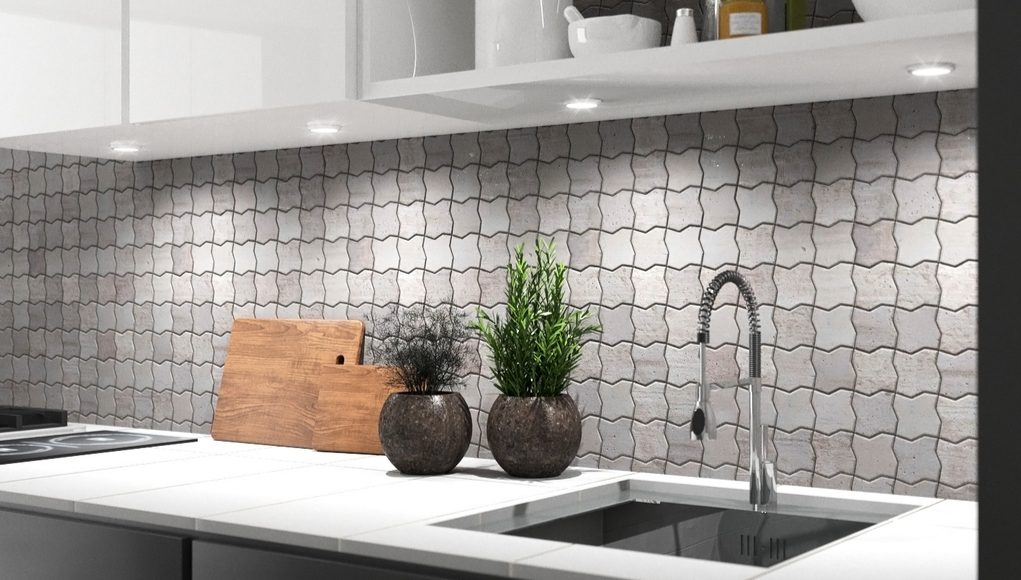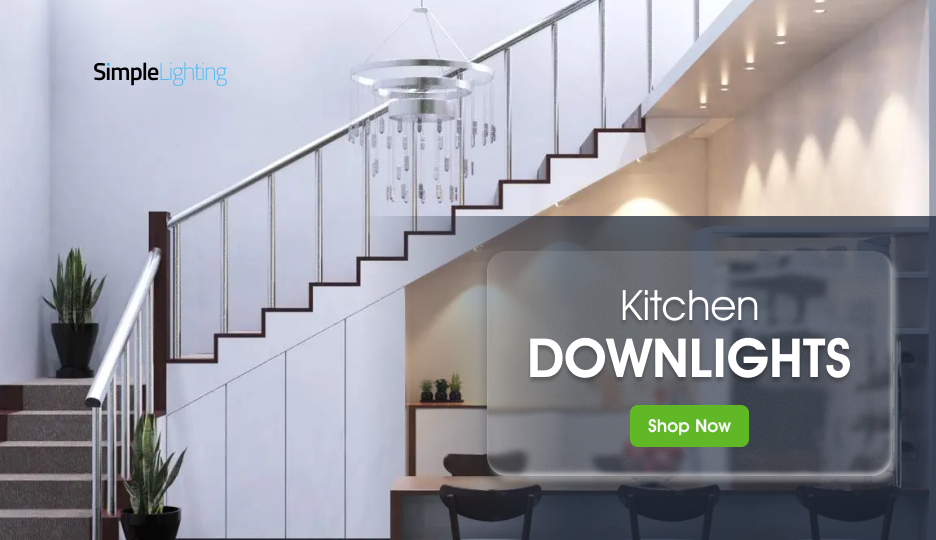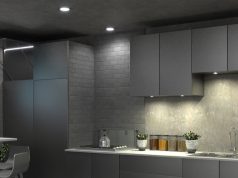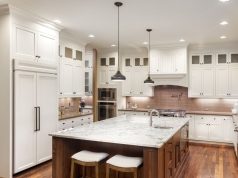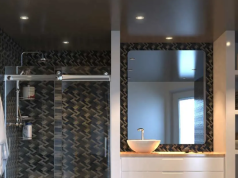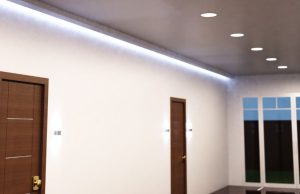Cooking in the dark is only romantic in restaurants. At home, it’s just chaos. You’re juggling sharp knives, hot pans, and a questionable timer that’s already lied to you once. Without good lighting, you might as well cook blindfolded.
Proper task lighting isn’t about making your kitchen look like a spaceship (though to be fair, that’s tempting). It’s about safety, practicality, and maybe even enjoying the whole cooking experience. The right lights highlight your worktop, stop shadows from creeping in, and save you from mistaking salt for sugar.
Why Your Kitchen Needs Decent Task Lighting
The ceiling light might make the room look bright overall, but it doesn’t help when your chopping board is hidden in the shadows. You don’t need vague ambience when you’re holding a sharp knife; you need precision.
Task lighting is that extra layer that targets the spots you use most. Think of it as the difference between mood lighting and actually being able to see what you’re doing.
Improving Visibility for Precision and Safety
No one brags about the time they nicked their finger while dicing onions. Poor visibility turns cooking into a hazardous chore. You need light directly over your work surface to keep your knife hand steady and your ingredients clear.
With task lighting, you’ll:
- Spot sneaky eggshells in cake batter before they ruin dessert.
- Actually see if your chicken is cooked, not just “probably fine.”
- Slice without risking an impromptu A&E visit.
It’s a minor upgrade that saves you a lot of swearing.
Reducing Eye Strain During Food Preparation
Cooking under dim light isn’t just inconvenient; it’s exhausting. Squinting to peel potatoes is not the culinary adventure anyone signed up for. Bright, consistent light helps prevent strain and headaches.
It also cuts out shadows and glare. No more trying to chop parsley with half your board in the dark. Task lighting makes the whole process smoother, so you can focus on cooking instead of rubbing your temples.
Enhancing the Cooking Experience with Good Lighting
Believe it or not, good lighting makes cooking more fun. A bright, cheerful prep zone lifts your mood and keeps you engaged. Even if you’re just heating leftovers, proper lighting makes the process less dreary.
And let’s face it: if you’re going to post your food online, lighting is everything. No one wants to see a delicious lasagne photographed like it lives in a cave. Good task lighting makes your food (and your kitchen) look worthy of a cooking show.

Best Task Lighting Options for Kitchens
Now for the good bit: the actual lights. There’s no one-size-fits-all solution, but the options below cover most kitchens. The trick is combining style and practicality.
Under-Cabinet Lighting for Worktops
This is the workhorse of kitchen lighting. Under-cabinet lights put brightness exactly where you need it—on the worktop. They’re brilliant for chopping, mixing, and baking.
Options include:
- LED strips. Flexible, energy-saving, and easy to stick under cabinets. Some even come with colour options, though you probably don’t need pink light to chop carrots.
- Puck lights. Small, circular, and surprisingly bright. These LED downlights are ideal for highlighting specific zones, like your go-to chopping spot.
- Linear fittings. Long light bars that spread even light across the counter. Perfect if you want a clean, uniform look.
Tip: Choose cool white light for prep areas. It makes ingredients look sharper and helps you spot details. Like whether your steak is rare or still mooing.
Adjustable Spotlights and Track Lighting
Want control? Spotlights and tracks are your friends. You can angle them wherever you need, one at the hob, another at the sink, and a third at the prep board.
Here’s why they’re great:
- Flexibility. You can move them as your needs change.
- Coverage. They’re perfect for open-plan kitchens with multiple zones.
- Ambience. You can dim them down once you’re done cooking, so you can enjoy your glass of wine peacefully.
Just remember: kitchens involve steam, water, and oil splatters. Choose IP-rated fittings if they’re near sinks or hobs. The last thing you want is a light that gives up mid-spaghetti boil.
Pendant Lighting for Islands and Prep Zones
Pendant lights add drama and personality while still being practical. They’re ideal for kitchen islands, breakfast bars, and main prep spots.
Here’s how to make them work:
- Height matters. Make sure they’re low enough to light the counter, but high enough not to whack your head.
- Numbers count. Three pendants can provide a balanced look. Two pendants are just an unfinished project.
- Dimmers are magic. They’re bright when you’re prepping, soft when you’re enjoying the results.
Design bonus: Pair warm pendants with cooler under-cabinet lights. It creates zones that are bright for working or cosy for dining.
Extra Lighting Tips You’ll Thank Us For
Task lighting isn’t just about buying a lamp and hoping for the best. Placement, type, and layering matter.
- Layer your lighting. A kitchen needs more than one light source. Use a combination of fire-rated GU10 lights, LED tapes, and possibly accent lights.
- Mind the shadows. Always test your light placement. If your hands block the light while chopping, adjust before drilling holes.
- Go dimmable. You don’t need full interrogation brightness 24/7. Sometimes, you just want soft light for a midnight snack raid.
- Stick with LEDs. They’re energy-efficient, long-lasting, and won’t heat up like old halogens.
- Style matters. A light isn’t just functional; it’s part of the kitchen’s personality. Don’t settle for fittings that scream “rushed DIY project.”
Warm vs Cool: Which Light Works Best?
Now for the age-old debate: warm or cool?
- Cool white is crisp, bright, and clinical. Perfect for chopping and cooking. Colours look sharper, and you’re less likely to mistake pork for chicken.
- Warm white is softer and cosier. Lovely for dining areas and when you want your kitchen to feel homely instead of a laboratory.
The clever approach? Use both. Cool light for work zones, warm light for areas where you sit down and enjoy the food.
Light It Right, Cook It Bright
Cooking in poor lighting is like trying to iron a shirt in the dark. It’s possible, but the results will make you cringe.
Task lighting isn’t just a “nice extra.” It’s the difference between safe, stress-free cooking and fumbling around like you’re in a power cut.
So stop squinting and start cooking with confidence. Explore Simple Lighting’s kitchen range today and give your worktops the spotlight they deserve.


